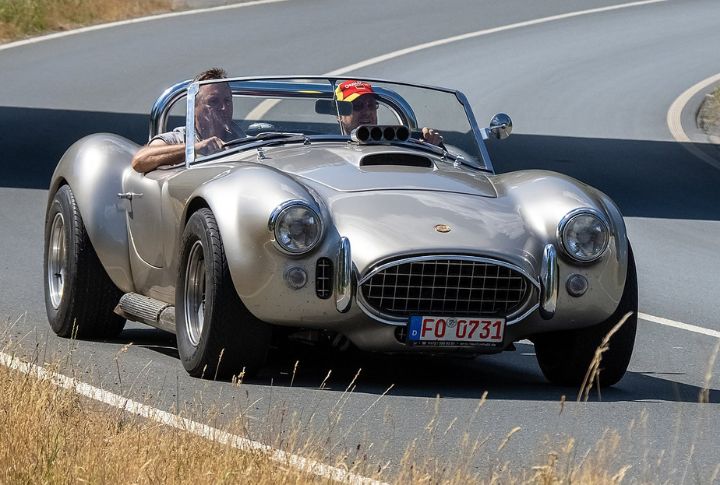
The AC Cobra is a renowned sports car that has won over car enthusiasts worldwide. Its sleek design and top-notch performance have made it a timeless classic in the automotive industry. In this article, we will delve into the history and evolution of the AC Cobra, exploring the story behind its creation and its impact on the world of sports cars.
Origins and Vision
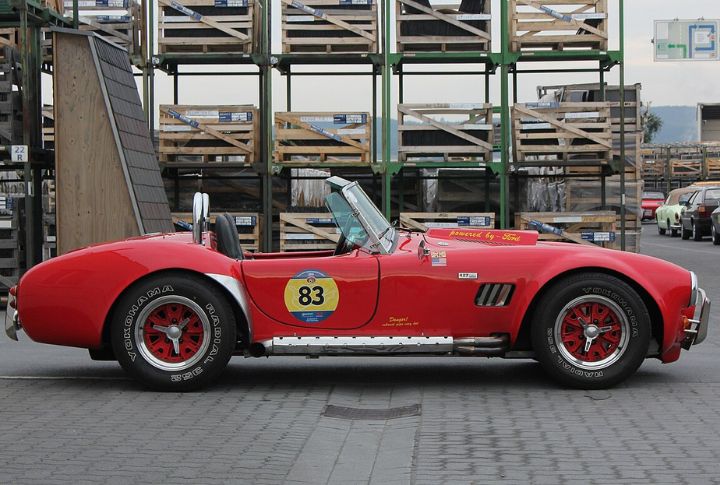
The AC Cobra, also known as the Shelby Cobra, was the brainchild of American automotive designer Carroll Shelby, who envisioned combining a lightweight British chassis with a powerful American V8 engine.
AC Cobra’s First Prototype
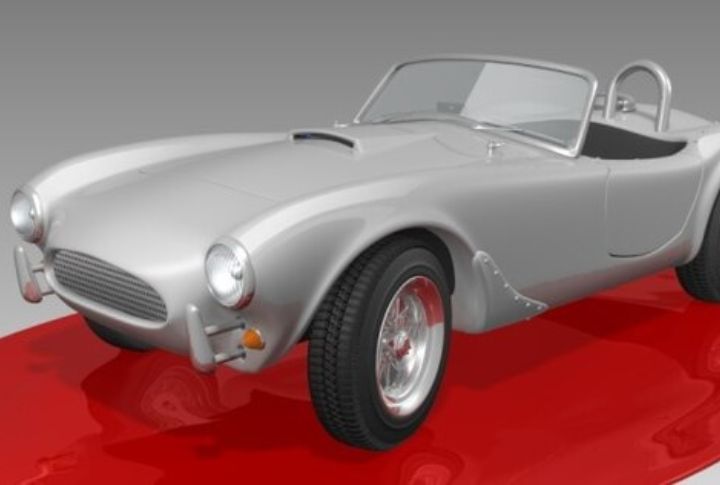
The first AC Cobra prototype was built in 1962 using an AC Ace chassis and a Ford 260 engine. This prototype laid the foundation for one of the most iconic sports cars ever.
Making It’s Debut
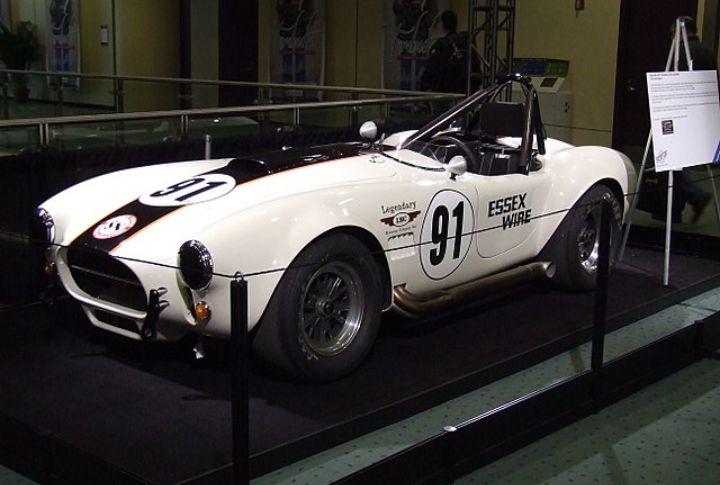
The AC Cobra made its official debut in 1962 at the New York Auto Show, garnering immediate attention for its striking design and impressive performance capabilities. Many said it would be the fastest production model on the track.
Winning Awards
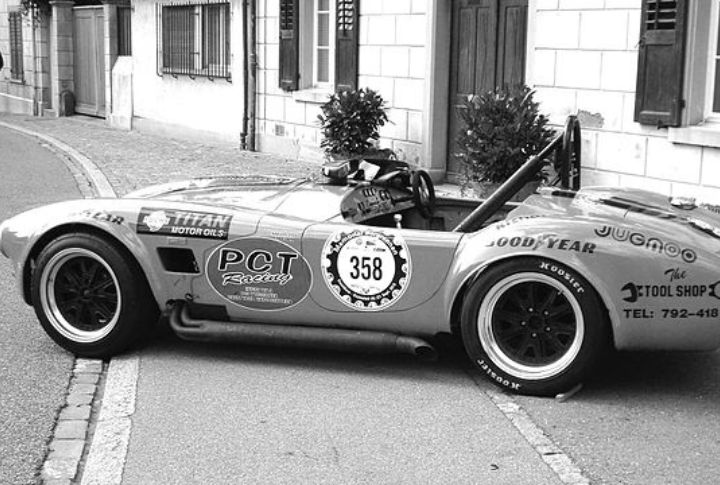
In 1965, the AC Cobra achieved legendary status when it won the FIA World Manufacturers Championship for GT cars. This award boosted the car’s reputation as a dominant force on the racing circuit.
Lightweight Construction
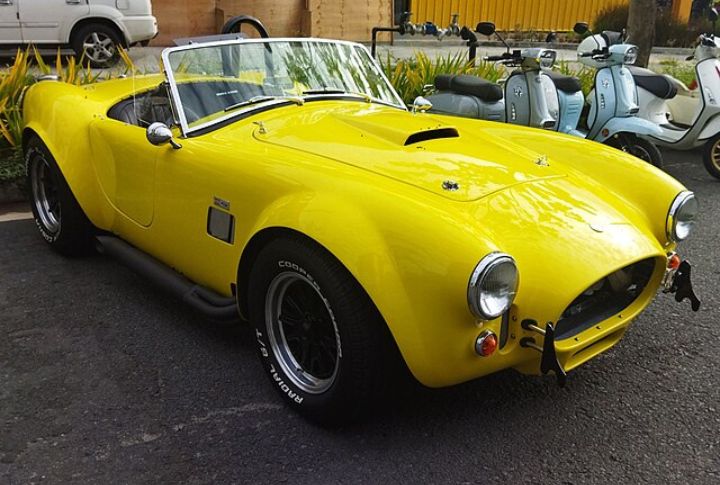
One of the defining features of the AC Cobra is its lightweight construction, achieved through the use of aluminum body panels and a minimalist interior design. This construction contributed to its exceptional speed and agility.
The Many AC Cobra Varients
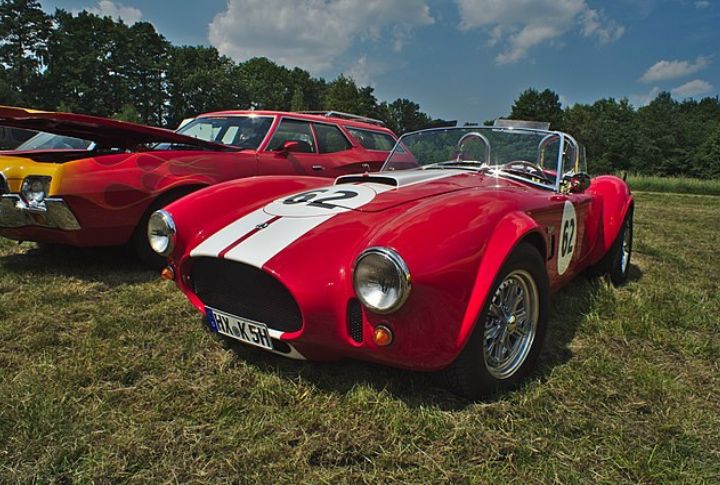
The AC Cobra was available in several variants, including the original 289 Cobra, the more powerful 427 Cobra, and the competition-focused Cobra Daytona Coupe. Each of these cars offered unique performance characteristics.
Engine Power
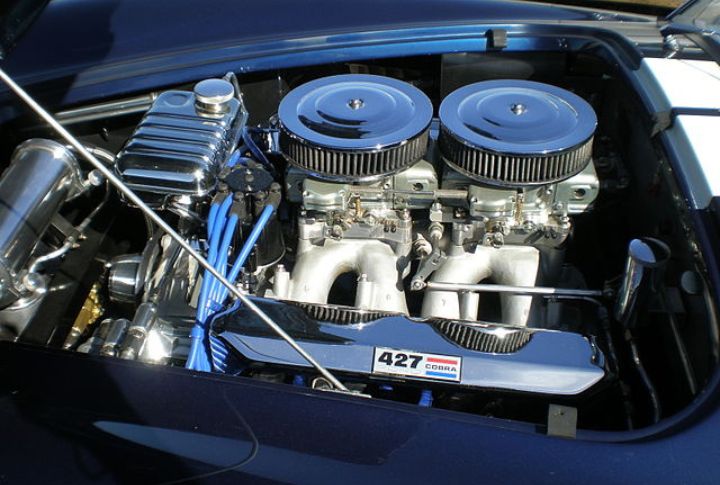
The 289 Cobra was powered by a small-block Ford V8 engine, producing around 271 horsepower. On the other hand, the 427 Cobra boasted a big-block Ford V8 engine, generating upwards of 425 horsepower, making it one of the fastest production cars of its time.
Unpredictable Handling
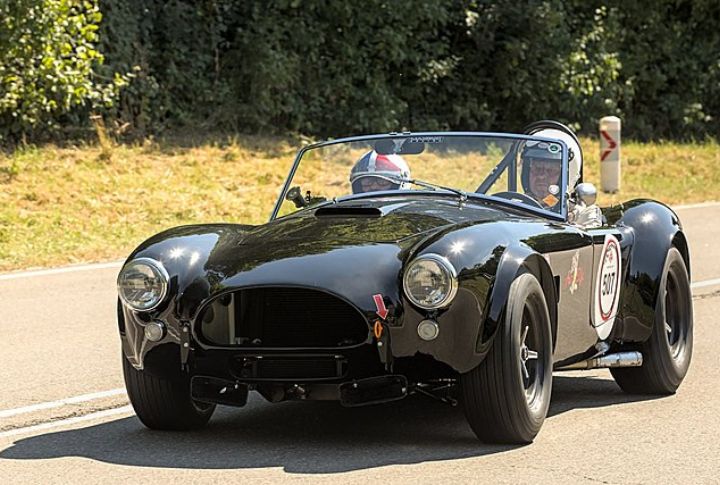
Despite its performance on the track, the AC Cobra was also known for its raw and sometimes unpredictable handling characteristics. The car earned a reputation for being challenging to drive at the limit.
Success in Prestigious Events
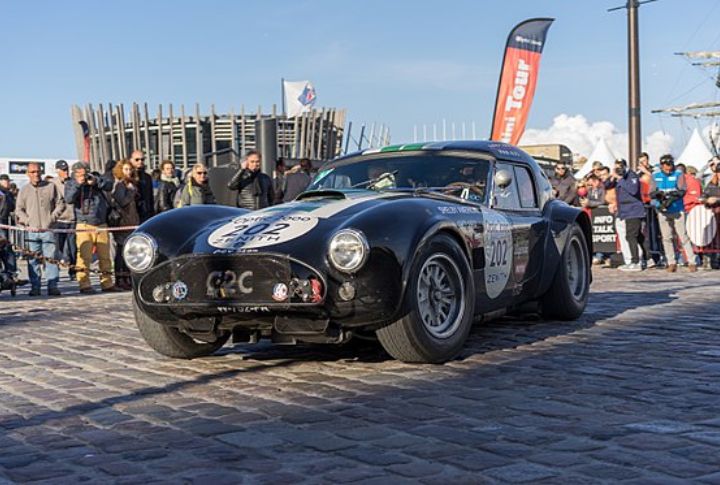
The AC Cobra’s racing success extended beyond the track, with notable victories in prestigious events like the 12 Hours of Sebring race, the 24 Hours of Le Mans, and the Goodwood Circuit’s RAC Tourist Trophy race.
Collectors Car

Over the years, the AC Cobra has become a highly sought-after collector’s car, with original examples commanding premium prices at auctions and enthusiast events worldwide.
Film Appearances
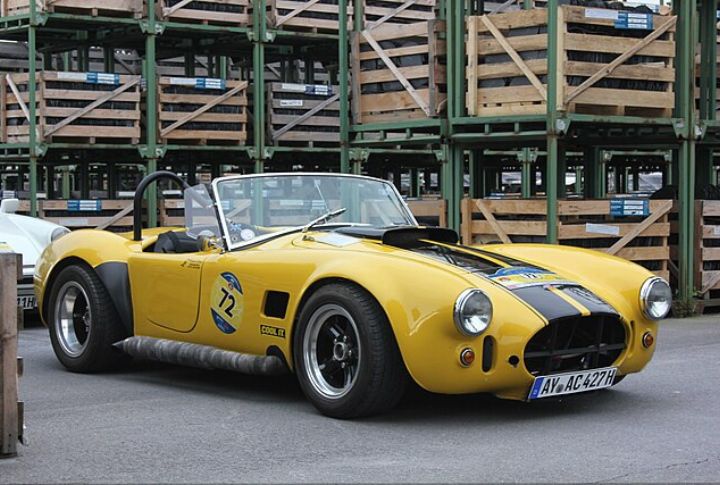
In addition to its success in motorsports, the AC Cobra also achieved cultural significance, appearing in numerous films, television shows, and popular media. These appearances solidified its status as an enduring symbol of automotive excellence.
Paying Homage

The AC Cobra’s timeless design and thrilling performance continue to inspire automotive enthusiasts and manufacturers alike. Many modern sports cars pay homage to its iconic styling and engineering legacy.
An Inspiration for Future Sports Cars
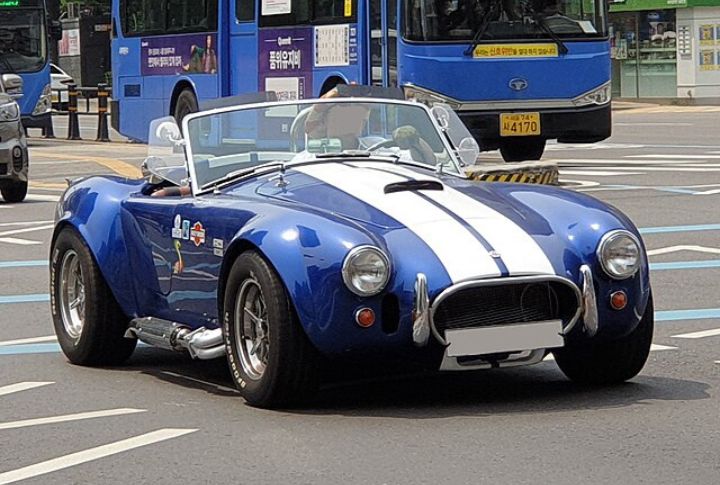
Despite its relatively short production run from 1962 to 1967, the AC Cobra left an indelible mark on the automotive industry. The car influenced generations of sports cars and served as a benchmark for performance and innovation.
Carroll Shelby Becomes an Influential Figure
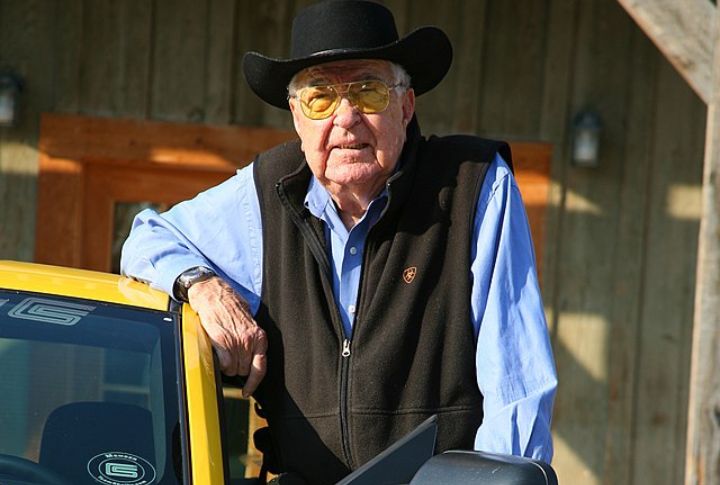
Carroll Shelby’s vision and passion for performance were instrumental in the development and success of the AC Cobra. It cemented his legacy as one of the most influential figures in automotive history.
Replicas and Restorations

Today, the legacy of the AC Cobra lives on through countless replicas, restorations, and tributes. These replicas or tributes ensure its timeless appeal and unparalleled performance continue captivating people and inspiring new generations of drivers.
